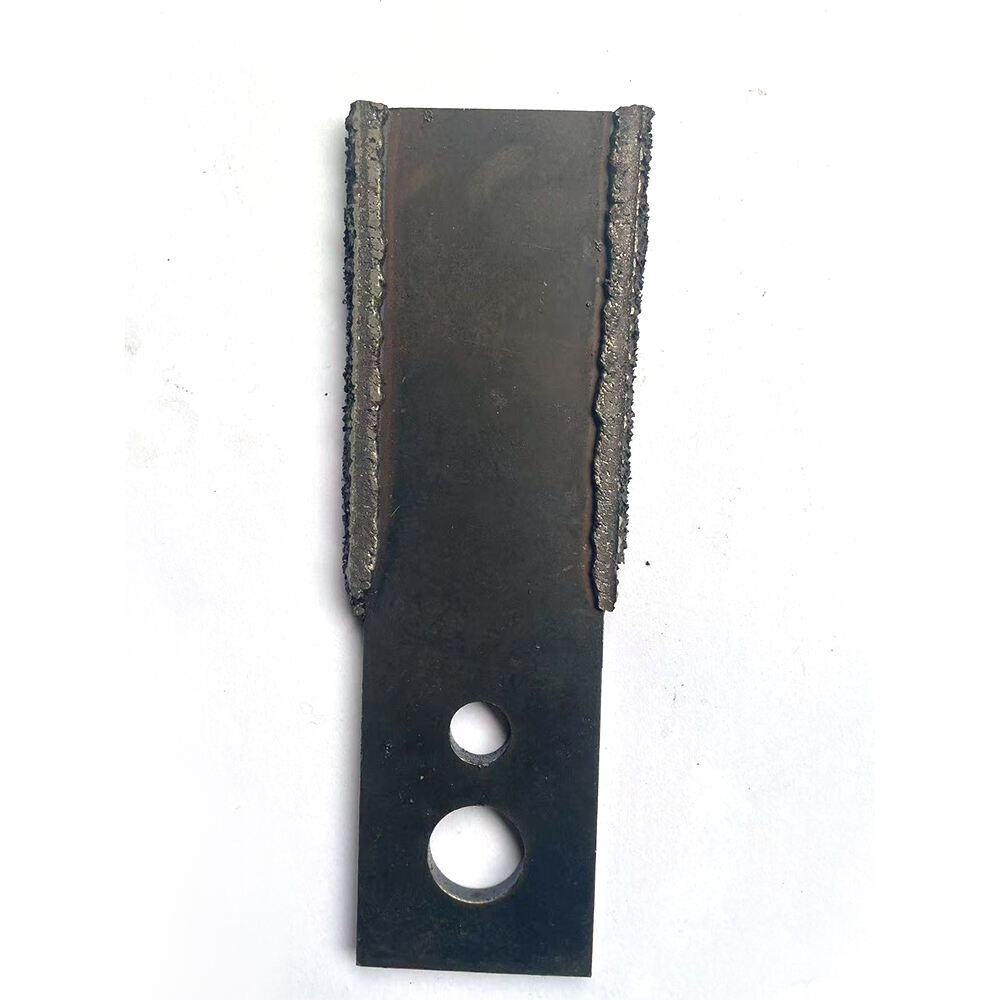Maximizing Industrial Efficiency Through Premium Replacement Components
The effectiveness of any industrial hammermill operation hinges significantly on the quality and reliability of its components. Selecting the right hammermill spare parts is not merely about maintaining functionality—it's about optimizing performance, ensuring longevity, and maximizing return on investment. Understanding the crucial role these components play in your operation can mean the difference between consistent production and costly downtime.
Modern industrial hammermills face increasingly demanding operational requirements, making the selection of appropriate spare parts more critical than ever. Whether managing a feed mill, recycling facility, or biomass processing plant, the integrity of your hammermill spare parts directly impacts productivity, energy efficiency, and final product quality.
Essential Components and Their Impact on Performance
Critical Wear Components
The heart of any hammermill system lies in its wear components. Hammers, screens, and rotor assemblies experience the most direct contact with materials being processed, making them subject to consistent wear and tear. High-quality hammermill spare parts in these categories typically feature advanced metallurgical compositions that resist wear while maintaining optimal performance characteristics.
Selecting premium wear components often results in extended service life and more consistent particle size distribution. The material composition of these parts should align with your specific application, whether processing fibrous materials, grains, or more abrasive substances.
Structural and Support Elements
Beyond the primary wear components, structural elements such as bearings, shafts, and housing components play crucial roles in maintaining operational integrity. These hammermill spare parts require careful consideration during replacement, as their condition directly affects machine alignment, vibration levels, and overall efficiency.
Investment in high-grade structural components often yields significant returns through reduced maintenance requirements and improved operational stability. Regular inspection and timely replacement of these elements help prevent catastrophic failures and extend equipment life.

Material Selection and Quality Considerations
Advanced Metallurgy Options
Modern hammermill spare parts benefit from significant advances in metallurgical science. Heat-treated alloys, carbide-enhanced surfaces, and specialized coating technologies offer superior wear resistance and performance characteristics. Understanding these material options enables operators to select components best suited to their specific processing requirements.
The choice of materials significantly influences both component longevity and processing efficiency. Premium materials may command higher initial costs but typically deliver superior value through extended service life and improved performance.
Quality Certification and Testing
Reliable manufacturers subject their hammermill spare parts to rigorous testing and quality control procedures. Certification standards, material testing reports, and performance documentation provide valuable insights into component quality and expected service life. These quality assurance measures help operators make informed decisions when selecting replacement parts.
Verification of manufacturer certifications and testing protocols should be a standard part of the procurement process. This due diligence helps ensure that purchased components meet both operational requirements and industry standards.
Maintenance Strategies and Replacement Timing
Preventive Maintenance Scheduling
Implementing a structured maintenance program for hammermill spare parts helps optimize replacement timing and minimize unexpected downtime. Regular inspection schedules, wear monitoring, and performance tracking enable operators to anticipate component replacement needs accurately.
Effective maintenance strategies often incorporate predictive technologies, such as vibration analysis and wear monitoring systems, to optimize component replacement timing. This proactive approach helps maintain consistent production while managing maintenance costs effectively.
Performance Monitoring and Optimization
Continuous monitoring of key performance indicators helps identify optimal replacement intervals for hammermill spare parts. Tracking metrics such as energy consumption, throughput rates, and particle size distribution provides valuable insights into component wear patterns and replacement timing.
Advanced monitoring systems can help operators identify early signs of component wear, enabling planned replacement during scheduled maintenance periods rather than reactive replacement following failures.
Procurement Best Practices and Inventory Management
Strategic Sourcing Approaches
Developing relationships with reliable suppliers of hammermill spare parts ensures consistent access to quality components. Strategic sourcing practices should consider factors such as supplier reliability, component availability, and technical support capabilities. Maintaining multiple supply sources helps mitigate risks associated with part availability and delivery timing.
Regular evaluation of supplier performance, including quality consistency, delivery reliability, and technical support, helps optimize the procurement process. Building strong supplier relationships often leads to improved service levels and better access to technical expertise.
Inventory Optimization Strategies
Maintaining appropriate inventory levels of critical hammermill spare parts requires balancing carrying costs against the risk of stockouts. Sophisticated inventory management systems help optimize stock levels while ensuring critical components are available when needed. Regular review of usage patterns and lead times helps refine inventory strategies.
Implementation of computerized maintenance management systems (CMMS) can significantly improve spare parts inventory management. These systems help track component usage, predict replacement needs, and optimize ordering patterns.
Frequently Asked Questions
How often should hammermill wear parts be replaced?
Replacement intervals for hammermill spare parts vary depending on operational conditions, material processed, and component quality. Regular inspection and monitoring of wear patterns help determine optimal replacement timing. Most operations establish replacement schedules based on operating hours or throughput volume, typically ranging from several weeks to several months for primary wear components.
What factors influence the selection of replacement materials?
Material selection depends on various factors including the type of material being processed, operating conditions, desired service life, and budget considerations. Key considerations include hardness requirements, impact resistance, and wear patterns observed in previous components. Consultation with manufacturers and metallurgical experts can help optimize material selection for specific applications.
How can operators maximize the service life of hammermill components?
Maximizing component life involves multiple strategies including proper installation, regular maintenance, optimal operating parameters, and careful monitoring of wear patterns. Ensuring proper alignment, maintaining recommended clearances, and following manufacturer guidelines for operation and maintenance help extend service life. Regular training of operators and maintenance personnel also contributes to optimal component performance and longevity.
